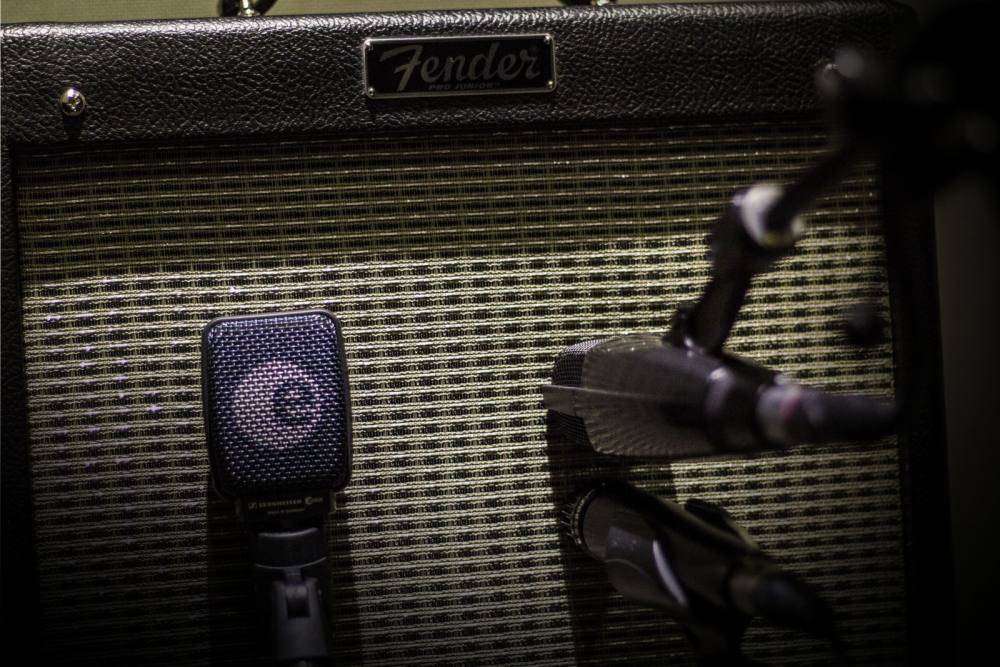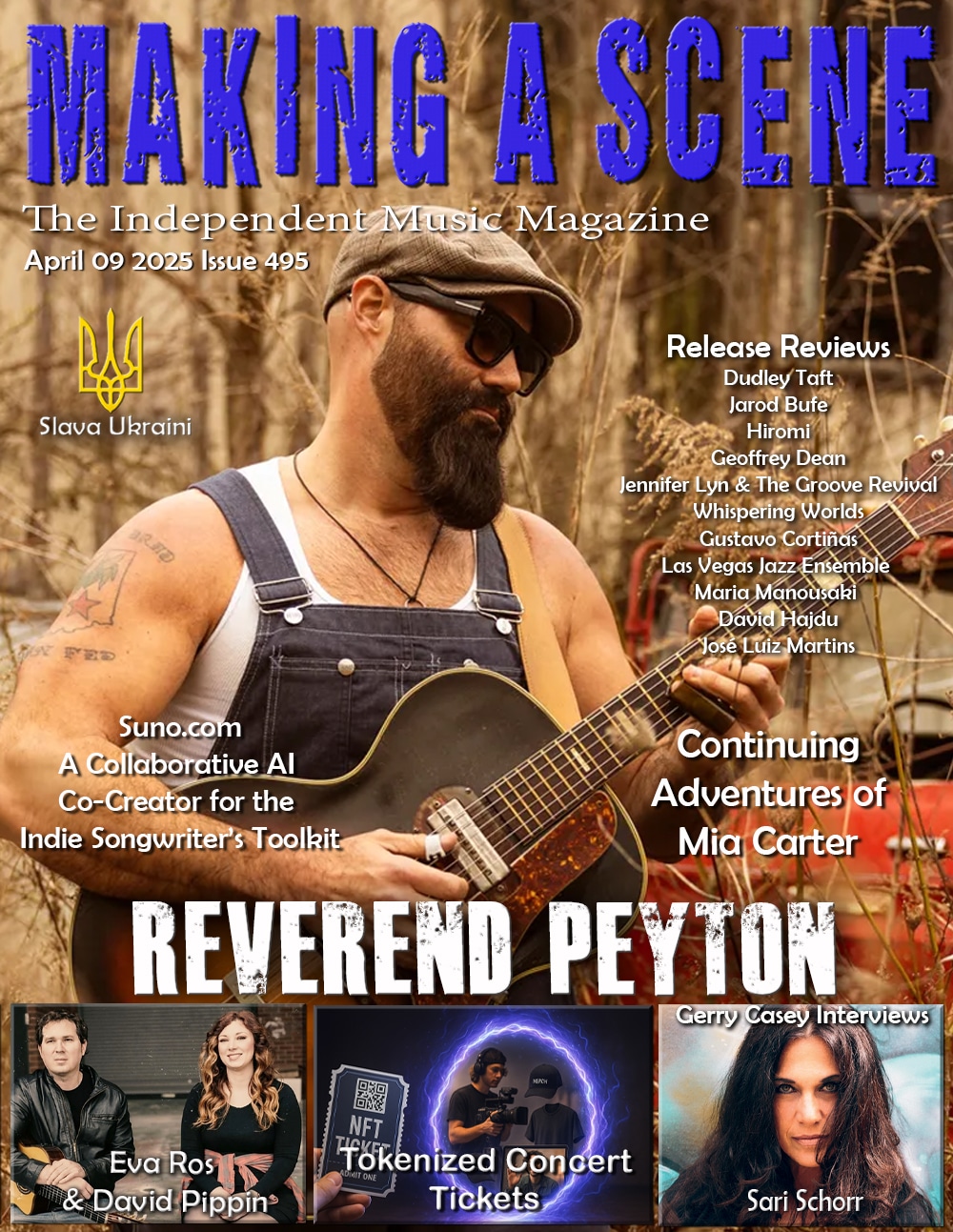The Art of Mic Placement

I see a lot of questions on various discussion groups asking how to best mic specific instruments. Many of the answers will be a mixed bag of various techniques, all of which are valid and should be absorbed into your bag of tricks. But they are all quite different from one another, and will yield different results. Which one is right?
None of them, at least not without the proper context.
The truth is that these techniques are nothing more than tools. You are the architect of your production, and it’s up to you to decide which tool is right based on what you’re trying to accomplish. In fact, I like to think of mics as paintbrushes. And if microphones are paintbrushes, then mic placement are different paint brush stroke styles. If one doesn’t sound good on that source in that context, you likely won’t use it. But it’s up to you to decide based on artistic vision which is the right combination of paintbrush and brushstroke to choose.

Every song is unique. Every source is unique within that song, and that source must fit the context of the song and the greater production as a whole. Because of this, there’s no way someone sharing their techniques with you can know if that specific method will sound appropriate or not in the context of your project. In order to do that, they’d have to be in your room making recommendations based on their knowledge of the intended direction. They can make quite educated suggestions based on a lot of experience with micing up similar sources. Often these educated suggestions work quite well, such as Sylvia Massy’s MD 421/ SM 57 combo on guitar amps. But whether you should choose this or the Glen John’s method is moot. Use the paintbrush that will give you the utility you want, and use the type of brush stroke that will give you the coverage you want. With regards to mics, that comes with knowledge of the mic in question. With regards to placement, that comes from in context placement and meticulous adjustments until it’s right where it needs to be.
Think about it. If you’re recording a piano, and someone tells you to make sure you mic in a stereo configuration while placing a mic closer to the hammers, you may find that the amount of hammer noise is too much for the song in question and you’d be better off doing something else. You also may know that a piano is a mono instrument played from the side, and the idea of a stereo mic’d piano may not make sense to you (I know it doesn’t make sense to me, regardless of how popular the approach may be). While tips from others about how they’ve done it can be really helpful in unlocking new ideas and sonic landscapes, at the end of the day you’re the only one who can know what sounds right. You’re the one who has to make that decision.

Try this exercise. Grab a couple of mics, an instrument to practice micing, and clear off some time to tinker. How does the instrument you’re micing sound in the room itself? Walk around and listen as it’s being played, and just listen. What jumps out at you at certain places? What elements of the instrument need to be emphasized to fit the context of the production? If it’s an acoustic guitar, are you trying to get lots of percussive strumming sound? If so, where can you place the mic that brings the percussive strumming more into focus? If not, where can you place the mic that shifts the focus more to the sustained part of the notes being played? If you’re trying to get more depth, you typically want some distance, but how much distance will give you the right balance of room and direct sound? Is there a location in the room that sounds better than others for the instrument?

Mic placement is about the overall picture being presented. As the painter of the picture, think about it as an artist. Use your scientific knowledge of proximity effect, pickup patters, frequency response, phase, spl’s, and susceptibility to plosives to help you make predictions about which mic to reach for. But make the mic placement decision based on what the sound you’re hearing makes you feel. We’re not just capturing sound, we’re capturing emotion. You can’t do that if you approach it from a purely technical standpoint. So don’t be afraid to experiment.
Check out Brandon’s Blog Noise Floor AV
[amazon_link asins=’0634029444,B00GR9W1MS,1138954373,0240821572,1138904422,024082153X,1495011275,0240806255,1435460162′ template=’ProductCarousel’ store=’maasc-20′ marketplace=’US’ link_id=’5556965f-77af-11e8-ab14-690b202e64f1′]
[amazon_link asins=’0240806255,0240811445,1118968018,143545717X,1423454464,B01DLBGDSC,0876390483,1516864476,B01M8PD2O6′ template=’ProductCarousel’ store=’maasc-20′ marketplace=’US’ link_id=’6d07cdb5-77af-11e8-89c8-bb51bec570af’]
Discover more from Making A Scene!
Subscribe to get the latest posts sent to your email.














































